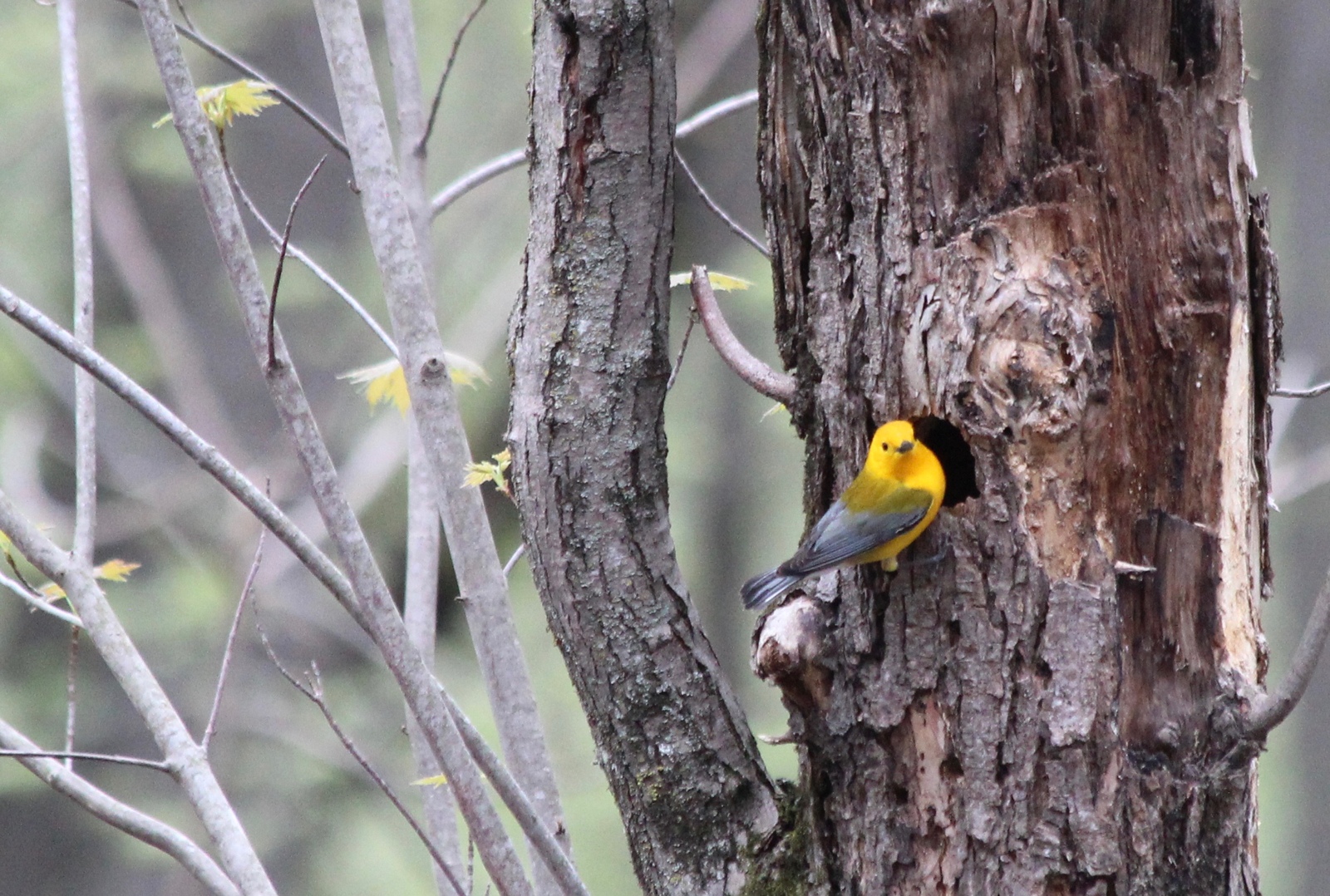
In a unique program designed to broaden scientific understanding through art, a cohort of five painters, illustrators, and writers will develop new artistic works in a historic Pine Needles cabin at the St. Croix Watershed Research Station this summer. The Artist at Pine Needles program invites artists from all over the world to create and share works that find inspiration in science.
The program includes a mix of emerging and established artists. 2025 selected artists include:
Kristine Murphy
A scientific illustrator from Lino Lakes, Minn., Murphy uses detailed scientific illustration to make complex research accessible, focusing on often-overlooked organisms like lichen, diatoms, and algae that serve as indicators of environmental health. She believes striking visuals of microscopic structures can draw people into scientific exploration, even when they look almost science fiction-like. Her work bridges the gap between scientific research and public engagement by celebrating the hidden beauty of microscopic life through large-scale pieces that highlight these organisms’ connection to air and water quality.

Natalie Deam and Zoë Fay Stindt
Deam and Fay-Stindt are a collaborative artist duo who explore the intimate relationships between humans, nonhumans, and ecosystems through interdisciplinary practices. Deam uses books, prints, and papercuts to make climate change effects more visible while challenging anthropocentric narratives, while Fay-Stindt writes about landscapes as collaborators, drawing inspiration from ecological overlap zones. Together, their work invites audiences into deeper relationships with the living world, centering wonder and transformation in the face of climate challenges.
Haley Prochnow
Prochnow explores the intersections of local culture, social history, and the natural environment by amplifying overlooked stories of women and underrepresented communities in the St. Croix River Valley through archival research, writing, and photography. Her current project focuses on early conservationist Florence Baker Riegel, using creative storytelling to honor her contributions to river preservation, while she also writes a monthly column exploring environmental stewardship and social justice themes. Through her art and storytelling, Prochnow aims to inspire community dialogue and foster deeper understanding of the interconnectedness between environment, history, and identity.
Greg Seitz
For over 15 years, Seitz has focused on the St. Croix River watershed, using writing, photography, and mapping—primarily through his website St. Croix 360—to communicate the region’s natural complexity and beauty to wide audiences. His current project is a “deep map” book of the St. Croix that blends science, history, and storytelling while elevating overlooked narratives, particularly Indigenous voices, and exploring how ecological processes impact human life. Grounded in scientific understanding and journalistic integrity, his work emphasizes themes of solidarity, resilience, and reciprocity, revealing how water serves as a connective thread through diverse landscapes, histories and experiences across the watershed.
Since 2002, the Artist at Pine Needles program has hosted over 75 artists and writers who seek to deepen the connection between art and science. The program includes a weekly stipend, travel support as well as the residency at the pre-WWI-era Pine Needles cabin, situated on the St. Croix river. Artists also have access to the researchers who work at the St. Croix Watershed Research Station and at the Science Museum of Minnesota, as well as the J.W.D. Dunn Research Library and the collections vault at the Science Museum.
As part of the residency, the artists each donate an original work developed from their experience to the museum. Donated works from 2003 through 2024 are now on display at the Science Museum of Minnesota.








Comments
St. Croix 360 offers commenting to support productive discussion. We don’t allow name-calling, personal attacks, or misinformation. This discussion may be heavily moderated and we reserve the right to block nonconstructive comments. Please: Be kind, give others the benefit of the doubt, read the article closely, check your assumptions, and stay curious. Thank you!
“Opinion is really the lowest form of human knowledge. It requires no accountability, no understanding.” – Bill Bullard
2 responses to “Five artists to develop new works at St. Croix Watershed Research Station through 2025 Artist at Pine Needles program”
Congrats, Greg! We’ll yell “HEY!” from the river when we go by!
Yea Greg!!! Bravo; congratulations. I know you will be inspired and use the opportunity beyond your expectation.